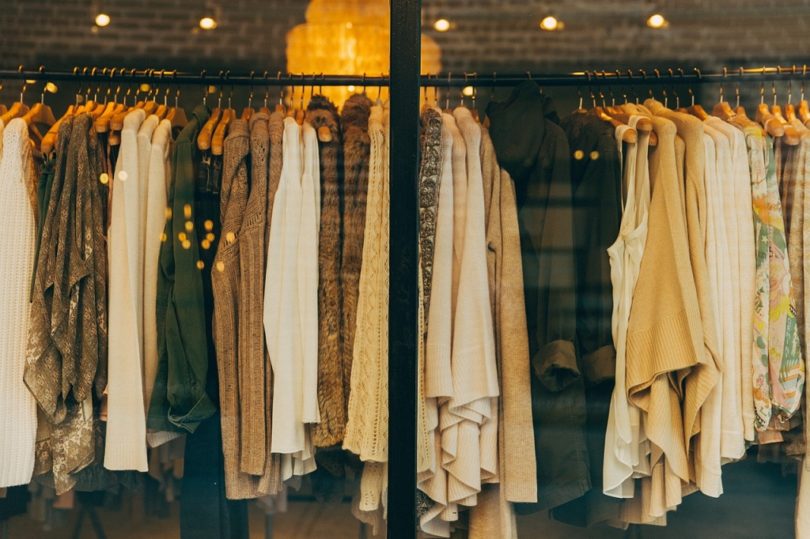A Deep Study the World of High-Fashion Runways: Recognizing Clothing as Art
High-fashion runways have become fields where garments transcends its practical beginnings, evolving into an innovative type of imaginative expression. Designers, much like skillful musicians, weave elaborate stories through form, fabric, and shade, redefining and testing typical standards appeal criteria. These programs are much more than simple screens; they are immersive experiences, where every stitch and seam narrates abundant with cultural importance and avant-garde advancement. As we discover these sartorial eyeglasses, we must contemplate: what duty does style play fit social values, and exactly how does it reflect the ever-changing tapestry of human emotion and identification?
The Advancement of Runway Reveals
The trajectory of runway shows has actually transformed substantially over the decades, advancing from unique market events to exciting spectacles that mix style with art. Typically, runway programs were intimate events, held in ateliers or tiny locations, mostly attended by customers and market insiders. These very early discussions concentrated on the garments' workmanship and commercial stability, providing a straight and useful display screen of seasonal collections.
As the fashion industry expanded, the nature of runway programs started to transform. The 1970s and 1980s marked a turning factor, with designers looking for to differentiate themselves through even more theatrical presentations.
In current years, innovation and social media have better revolutionized path shows, making them easily accessible to an international audience. Livestreaming and digital systems have actually democratized fashion, permitting enthusiasts worldwide to witness these events in real-time (boutique fashion). This development shows a broader cultural shift, where high-fashion paths work as a dynamic crossway of advancement, efficiency, and design
Designers as Dreamer Artists
Designers in the high-fashion sector have blurred the lines between useful garment development and the conceptual realm of art. By accepting imaginative disciplines such as sculpture, painting, and progressive setups, developers craft garments that challenge typical style norms and elevate them to art forms.
Visionary developers draw inspiration from a myriad of resources, consisting of abstract art, historic references, and individual stories. They have an unique capability to imagine and materialize concepts that press the boundaries of traditional style, frequently redefining aesthetic paradigms while doing so. This innovative resourcefulness is showcased via dramatic silhouettes, ingenious materials, and elaborate workmanship, which welcome viewers to experience style as greater than just wearable items.
In addition, the runway offers as a canvas for these musicians, where lighting, music, and set style coalesce to produce immersive experiences. These discussions are not simply display screens of apparel yet are coordinated performances that evoke feeling and provoke idea, verifying the designer's function as a real artist in the contemporary social landscape.
Social Impacts in Fashion
Social tapestry weaves its complex patterns right into the fabric of fashion, affecting developers internationally. The vibrant interchange of cultural stories, practices, and signs notifies and inspires collections that grace high-fashion paths.
The impact of culture on fashion is frequently seen in the reinterpretation of traditional garments and patterns. For example, making Bonuses use of Japanese bathrobes, Indian saris, or African prints in contemporary style shows a mix of cultural authenticity and modern aesthetic appeals. Designers such as Valentino's Pierpaolo Piccioli and Alexander McQueen's Sarah Burton have actually been known to include abundant cultural motifs into their couture collections, translating background right into wearable art.

Development in Textile and Layout
Technology in material and layout consistently reshapes the landscape of high-fashion, pushing boundaries and redefining possibilities. Designers are increasingly exploring the integration of modern technology, such as 3D printing, which permits for the production of complex structures that were formerly unthinkable.
The style sector is observing a rise in the use of eco-friendly materials, obtained from recycled plastics, organic fibers, and also eco-friendly elements. Developers are embracing these products to craft garments that are both visually striking and conscious of their environmental impact.
In terms of layout, progressive shapes and speculative types are continually reinventing the runway. By including innovative strategies and unique products, designers grow garments that obscure the line between fashion and art, setting brand-new criteria for imagination and expression in the high-fashion round.
Effect of Style on Society
Fashion wields a profound impact Get the facts on culture, functioning as both a reflection of social identification and a catalyst for social modification. With its development, style has actually mirrored societal changes, encapsulating the zeitgeist of numerous ages. For example, the flapper gowns of the 1920s symbolized a newfound sense of ladies's freedom, while the strong prints of the 1960s echoed the innovative spirit of the time. High-fashion runways, particularly, work as systems for challenging standards and redefining elegance requirements. Designers use these venues to attend to pushing social problems, from sustainability to variety, consequently shaping public discussion.
Moreover, fashion has the power to bridge social gaps, fostering understanding and gratitude among diverse teams. As globalisation speeds up, the cross-cultural exchange of style concepts comes to be increasingly significant, advertising inclusivity and variety. The increase of streetwear, stemming from city subcultures, illustrates exactly how style can go beyond socio-economic boundaries, giving individuals a way of self-expression and empowerment.
Basically, style is not simply regarding aesthetics; it is a dynamic pressure that influences worths, perspectives, and social progression (boutique fashion). By continuously connecting with cultural and social currents, fashion remains an essential component of the collective human experience

Verdict
High-fashion paths function as dynamic fields where clothes transcends performance to become an expressive art type. Developers, comparable to visionary artists, coordinate collections that reflect identity, feeling, and cultural stories, testing traditional aesthetic appeals. The combination of innovative material and design, paired with intricate collection styles, illumination, and music, produces immersive experiences that celebrate cultural variety. This intersection of fashion and creativity not just mesmerizes target markets around the world however additionally influences social perceptions and advertises a deeper gratitude for multiculturalism.

Cultural tapestry weaves its complex patterns right into the fabric of fashion, influencing designers globally.Fashion possesses a profound impact on culture, serving as both a representation of social identity and a stimulant for social modification.